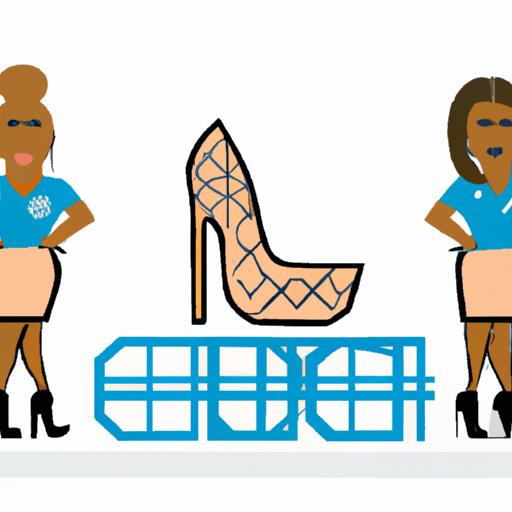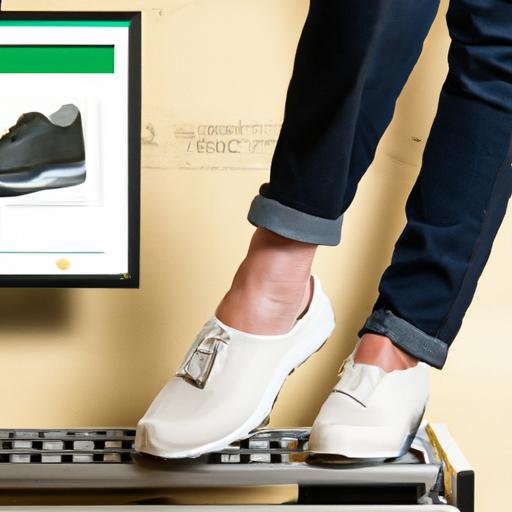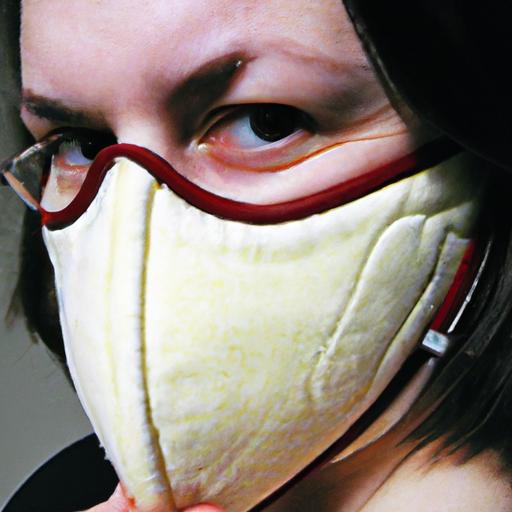Safety Shoes for Women: Prioritizing Style and Protection

Introduction
When it comes to personal safety, investing in the right gear is crucial, especially in industries where hazards are prevalent. Safety shoes play a vital role in ensuring the well-being of workers, preventing injuries, and minimizing accidents. However, for women, finding suitable safety shoes can be a challenge due to differences in foot structure and comfort requirements. In this article, we will explore the world of safety shoes for women, highlighting their importance, benefits, and unique features that cater to their specific needs.
Factors to Consider when Choosing Safety Shoes for Women
Understanding Safety Shoe Standards and Certifications
When selecting safety shoes for women, it’s essential to be aware of the various safety shoe standards and certifications. These standards ensure that the footwear meets specific safety requirements and can withstand potential workplace hazards. Look for shoes that adhere to standards such as ASTM or EN, as these certifications guarantee the shoes’ quality and performance.
Prioritizing Fit and Comfort
Comfort is paramount when it comes to safety shoes for women. Ill-fitting shoes can lead to discomfort, blisters, and even accidents due to reduced stability. Opt for shoes that provide a snug fit, appropriate arch support, and cushioning to ensure all-day comfort. Remember that women’s feet differ from men’s in terms of shape and size, so it’s crucial to find brands that offer specific designs tailored to women’s feet.
Considering Job Requirements and Workplace Environment
Different industries have varying safety requirements, and it’s important to choose safety shoes that align with your specific job demands. For instance, construction sites may require shoes with puncture-resistant soles, while hospital settings may necessitate slip-resistant footwear. Evaluate the potential hazards in your workplace and select shoes that provide adequate protection against them.
Evaluating Durability and Quality
Safety shoes need to withstand rigorous use and provide long-lasting protection. Assess the durability and quality of materials used in the construction of the shoes. Look for features such as reinforced toes, durable outsoles, and sturdy uppers that can withstand the demands of your work environment. Investing in high-quality safety shoes will ensure they stand the test of time and provide reliable protection.
Top Features and Technologies in Safety Shoes for Women
Lightweight and Ergonomic Designs for Enhanced Comfort
Gone are the days of heavy and clunky safety shoes. Today, manufacturers understand the importance of lightweight footwear that doesn’t compromise on safety. Safety shoes for women often feature ergonomic designs that provide a better fit and reduce strain on the feet. These shoes offer a combination of comfort and protection, allowing women to work efficiently without sacrificing style.
Slip-Resistant Outsoles for Improved Stability and Traction
Slips and falls are common workplace accidents, but safety shoes can help prevent them. Look for shoes with slip-resistant outsoles that provide excellent traction on various surfaces, including wet or oily floors. These specialized outsoles offer superior grip, ensuring stability and reducing the risk of accidents in slippery conditions.
Toe Protection Options: Steel Toe vs. Composite Toe
To protect the toes from heavy objects or compression, safety shoes often come with different types of toe protection. Steel toe shoes have been the go-to option for years due to their durability and ability to withstand high impact. However, composite toe shoes, made from non-metal materials such as carbon fiber, offer a lighter alternative without compromising safety. Consider your specific needs and workplace requirements when choosing between steel toe or composite toe safety shoes.
Electrical Hazard Protection and Anti-Static Properties
For workers in environments with potential electrical hazards, safety shoes with electrical hazard protection are essential. These shoes provide insulation against electrical currents, reducing the risk of electrical shocks. Additionally, anti-static properties in safety shoes prevent the build-up of static electricity, offering an extra layer of protection in environments where explosive or flammable materials are present.
Breathability and Moisture-Wicking Features for All-Day Comfort
Working long hours in safety shoes can lead to sweaty and uncomfortable feet. Look for shoes that prioritize breathability and moisture-wicking properties. Shoes with breathable uppers and moisture-wicking linings allow air circulation, keeping your feet dry and comfortable throughout the day. This feature is particularly crucial for women who may be more prone to foot perspiration.
Waterproof and Chemical-Resistant Options
In certain work environments, exposure to liquids, chemicals, or hazardous substances is a concern. Waterproof safety shoes offer protection against water and other liquids, ensuring your feet remain dry and comfortable. Additionally, chemical-resistant safety shoes, made from specialized materials, provide a barrier against harmful substances, reducing the risk of chemical burns or absorption.
Best Practices for Maintaining and Caring for Safety Shoes for Women
To ensure the longevity and effectiveness of your safety shoes, it’s important to follow proper maintenance and care practices. Consider the following tips:
-
Regular Cleaning and Inspection: Clean your safety shoes regularly to remove dirt and debris that may affect their performance. Inspect them for any signs of wear or damage, such as worn-out soles or loose stitching.
-
Proper Storage and Handling: Store your safety shoes in a dry and well-ventilated area. Avoid placing heavy objects on them, as this can deform the shoe structure. Proper handling prevents unnecessary damage and prolongs their lifespan.
-
Replace Worn-Out or Damaged Components: If you notice any significant wear or damage, promptly replace the affected components. This ensures that your safety shoes continue to provide the necessary protection and meet safety standards.
-
Regular Foot Measurements and Fitting Checks: Over time, foot size and shape can change. It’s important to have your feet measured periodically to ensure your safety shoes still provide a proper fit. Ill-fitting shoes can lead to discomfort and compromise safety.
Conclusion
Safety shoes for women are essential in various industries where workplace hazards are prevalent. They not only provide protection but also ensure comfort and style. By considering factors such as safety standards, fit, job requirements, and durability, women can find safety shoes that meet their specific needs. The availability of various features and technologies, such as slip-resistant outsoles, toe protection options, and breathability, further enhance the safety shoe experience for women. Remember to properly care for and maintain your safety shoes to maximize their effectiveness and longevity. Invest in safety shoes for women today to prioritize your well-being and work with confidence.




